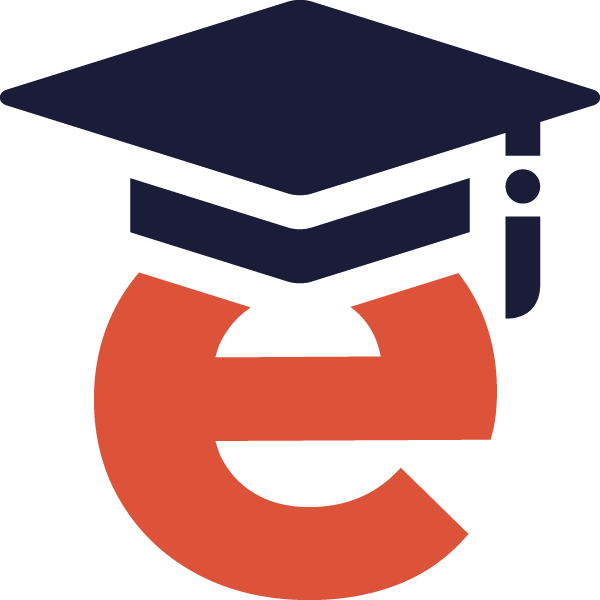Delivering Big Impact in Bite-Sized Packages
Have you ever been to a bad in-person training? I mean a REALLY, bad in-person event. Where the speaker gets flustered and lost. The topic doesn’t match what you thought it was going to be. You’re stuck sitting in the world’s most uncomfortable chair because getting up to leave would cause too much of a scene.
We’ve all been there, and even when we completely tune out the speaker, we come away with something—even if that something is how NOT to give a presentation—because we are locked into being there.
Online learning doesn’t work like that. Learners are free to exit at any time, so it’s essential to make sure that what you provide is easily digestible in our modern world. Enter Microlearning.
What is Microlearning?
Microlearning is just what it sounds like—small instances of learning where you can take away small chunks of knowledge or skills. Microlearning can be video, audio, or eLearning based, or it can be a combination of any of these methods. The time investment for learners is what keeps a micro-learning experience in the micro category.
It provides a solution to the boring, drawn-out lectures, plus some additional advantages:
- Microlearning can happen anywhere.
- It can be incredibly focused and great for just-in-time activities.
- It’s much shorter and easier to hold attention for 5-60 minutes than for 4-8 hours.
Unlike traditional courses that run over many hours, days, or weeks, these microlearning courses have to work well individually with very specific objectives. They also can work well together to accomplish larger goals in smaller, bite-sized pieces.
View Sample Microlearning Course
The Science Behind Microlearning
The brain can only take in so much at once. Have you ever turned the volume down on the radio so you can see better? That’s because the working part of your brain you needed to process the visuals in front of you is related to the part that works with audio, and there wasn’t enough working memory for both of them. Your working memory is the place where your brain stores things it needs to work. When your brain is overloaded, you have to take your attention off something to be effective.
Microlearning focuses on using limited working memory to avoid cognitive overload. Cognitive overload is the place where you stop taking in new information. You’re not able to learn when you’re overloaded. The rest of the learning doesn’t stick well, or at all. By keeping the learning in micro-sized pieces, the brain can absorb everything, rather than only a few points.
Pitfalls and Solutions
Microlearning still contains all the traditional elements of learning: objectives or goals, content, practice, and assessments. Putting everything into a small, effective package requires a good planning strategy. Without a solid strategy, it’s easy to fall into some of the major pitfalls of microlearning.
Pitfall #1: Too Much
It’s easy to fill in too much information for a microlearning event to truly be micro. In the cases where this happens, there are either disconnected elements that don’t flow together, or the micro-learning event becomes a mega-sized problem.
Solution: Planning Goals
Planning is the best way to avoid this problem. Organizing your objectives, content, and assessments around one or two specific goals makes it much easier to stay within time limits and to keep the lesson focused.
Pitfall #2: Not Enough
Microlearning is, by it’s very nature, small. While this is a great strength that allows learners to improve in small bits each time they engage with content, it’s also a weakness for tackling large things like learning a new language or mastering a computer program. If you skip over too much, your learners don’t have the background skills to be effective.
Solution: Storyboarding Multiple Minis
Microlearning can handle big things as long as you plan it well. Breaking down topics from large goals into small steps is vital for effective microlearning. This process ensures that you have all of the background knowledge, internal tasks, and final steps included in the process.
Microlearning in Action
Take a look at microlearning in action by exploring our recent Diversity, Equity, and Inclusion campaign. Here you can see how multiple content delivery methods and assessment approaches work together to tackle DEI, a very large topic, over the course of four days. You can see both a micro-course and video below.
View DEI Microlearning Course
Where to Start
If you’re interested in microlearning, we can help. At eLearningDOC, we approach microlearning with flexibility. From creating the content to breaking things down in a meaningful and approachable way, we can help you.








